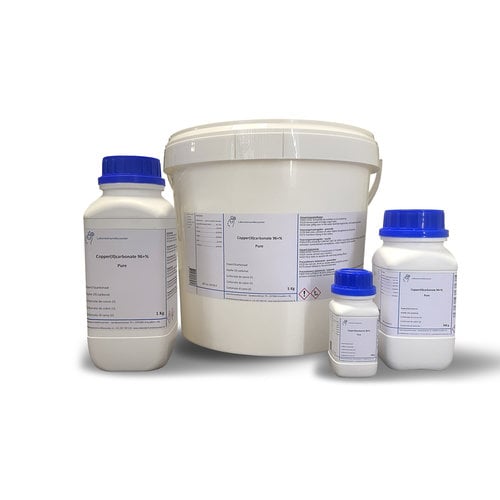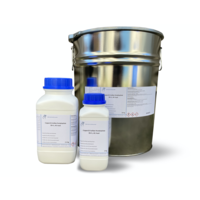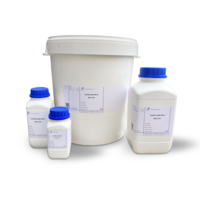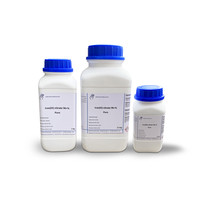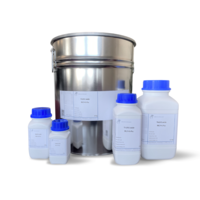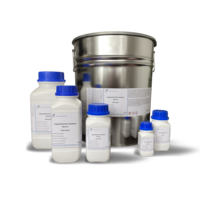You have no items in your shopping cart
Copper (II) carbonate 96 +%, pure
- Buy 2 and save 5%
- Buy 6 and save 10%
Copper (II) carbonate, also called plain copper carbonate, is a blue-green ionic salt with the chemical formula CuCO3. In fact, its color can range from light blue to green as it can be mixed with copper (II) hydroxide (Cu (OH) 2) at various stages of hydration and especially in the American patina that forms on copper and its alloys ( brass, bronze) when exposed to outdoor conditions.
Copper (II) carbonate was once widely used as a pigment and is sometimes still part of the painter's colors under the name blue ash. It has also been used in certain types of makeup, such as lipstick, although it is toxic to humans. Finally, it has also been used for many years as an algaecide for ponds on aquaculture farms.
Copper (II) carbonate was the first compound to be broken down into its elements: copper, carbon and oxygen, in 1794, by the French chemist Joseph Louis Proust (1754-1826). When heated, it thermally decomposes into carbon dioxide (CO2) and copper (II) oxide (CuO), a black solid.
Copper and its alloys gradually acquire a dull green patina in moist air due to the metal surface being oxidized by oxygen. This green patina, the verdigris that some architects use for decoration purposes, may in fact be an equimolar (1: 1) mixture of Cu (OH) 2 and CuCO3:
2 Cu (s) + H2O (g) + CO2 + O2 → Cu (OH) 2 + CuCO3 (s).
Basic copper carbonate also occurs naturally as malachite (Cu2 (OH) 2CO3) and azurite (Cu3 (OH) 2 (CO3) 2).
-Technical data
Empirical formula CuCO3
Molar mass (M) 221.12 g / mol
Melting point (mp) 200 ° C (dec.)
ADR 9 III • WGK 3
CAS No. [12069-69-1]
EC no. 235-113-6 • UN No. 3077
$$$$$
Hazard statements
H302 + H332 Harmful if swallowed and if inhaled.
H319 Causes serious eye irritation.
H410 Very toxic to aquatic life with long lasting effects.
Precautions - prevention
P270 Do not eat, drink or smoke when using this product.
P273 Avoid release to the environment.
Precautions - response
P305 + P351 + P338 IF IN EYES: Rinse cautiously with water for a period of time
amount of minutes; remove contact lenses, if possible; keep rinsing.

